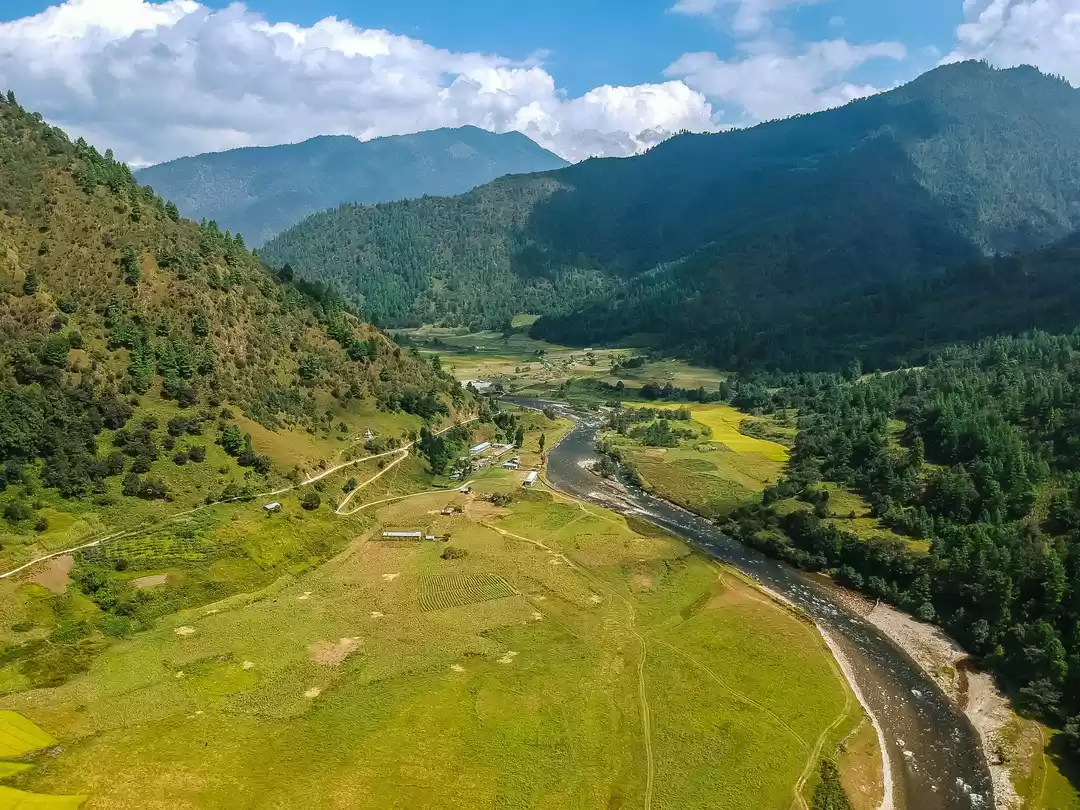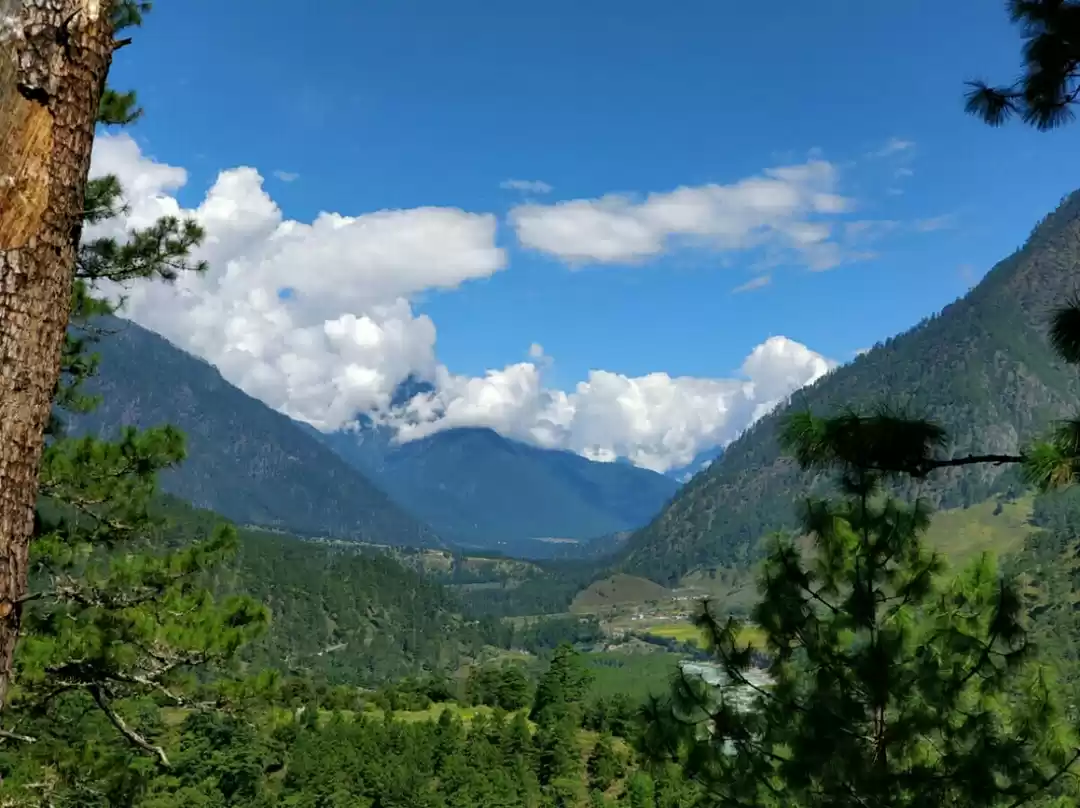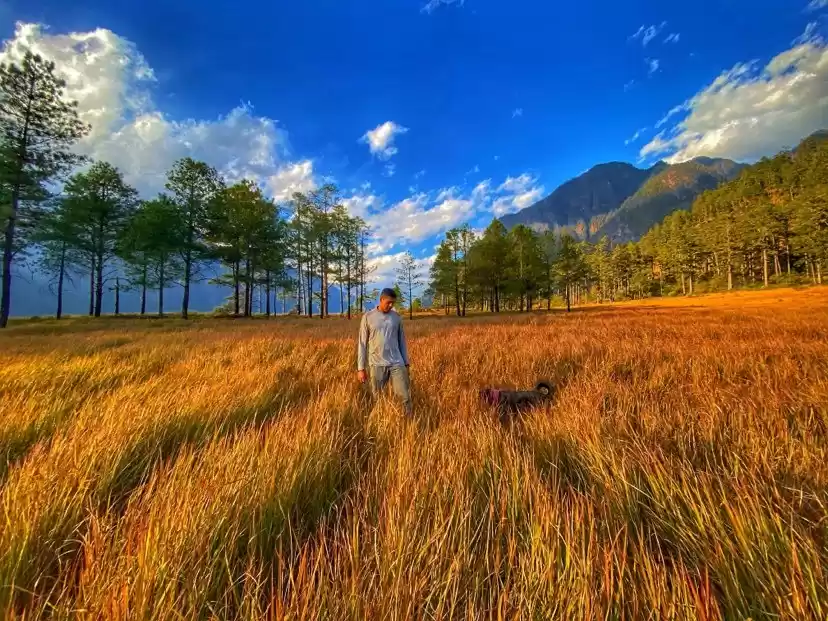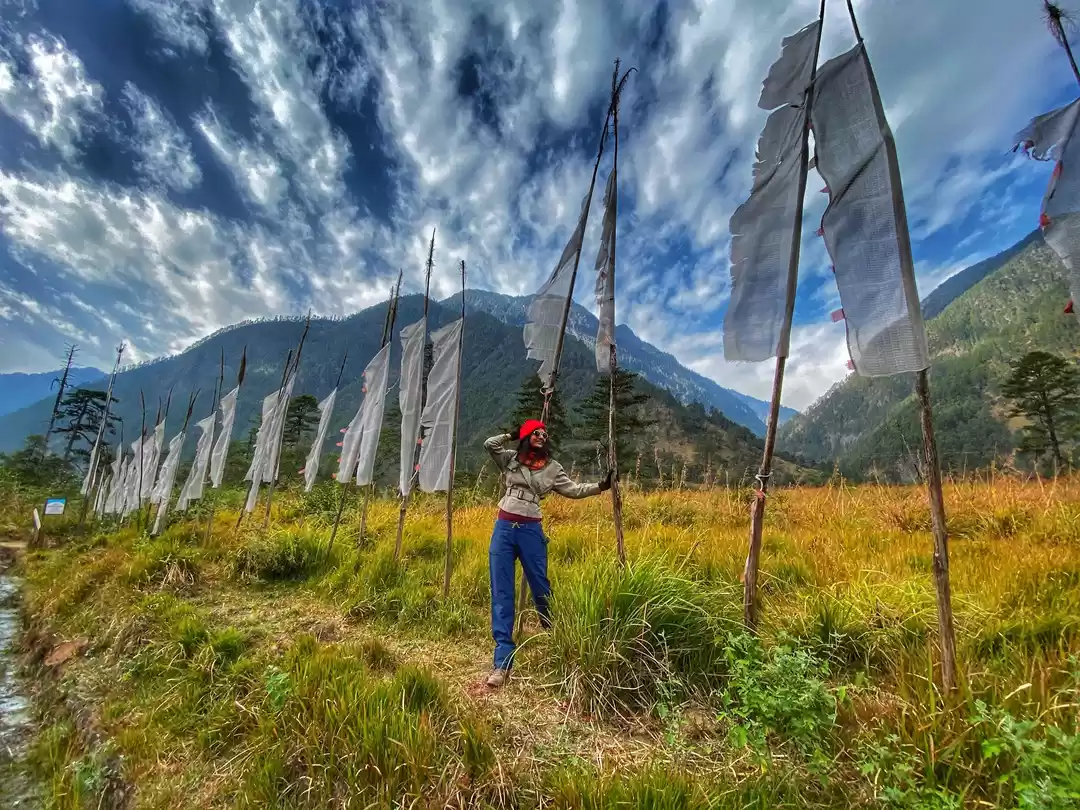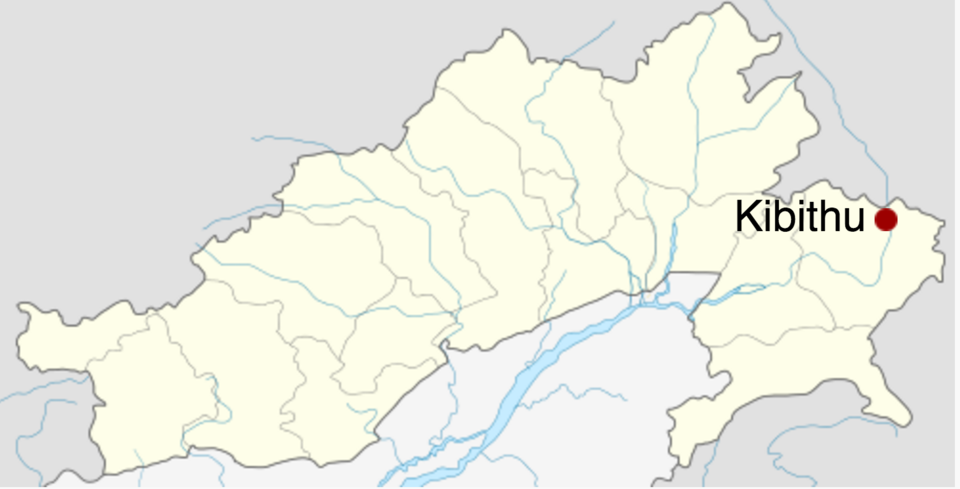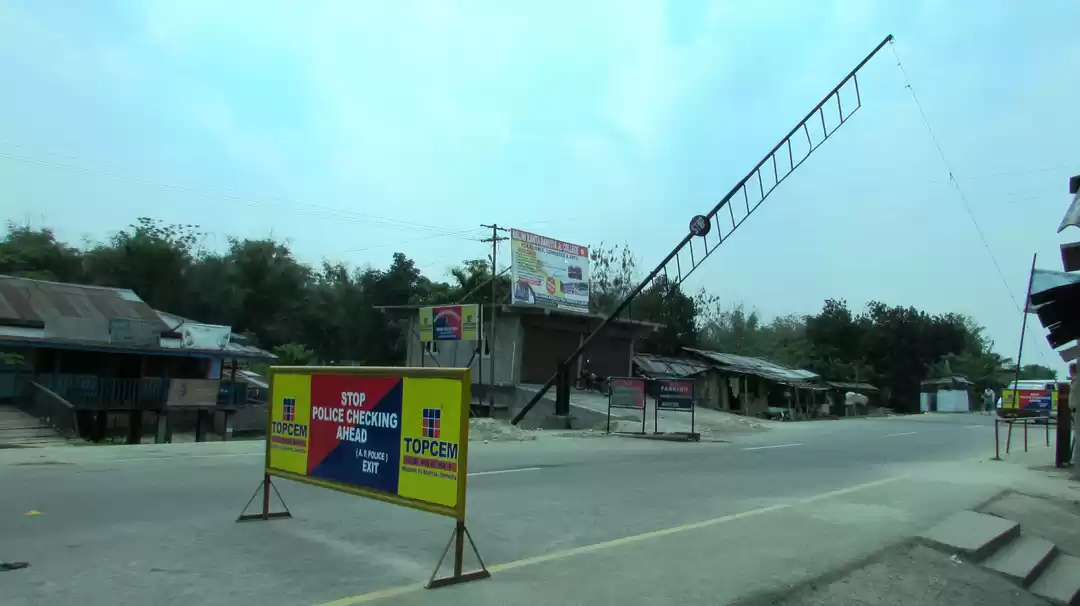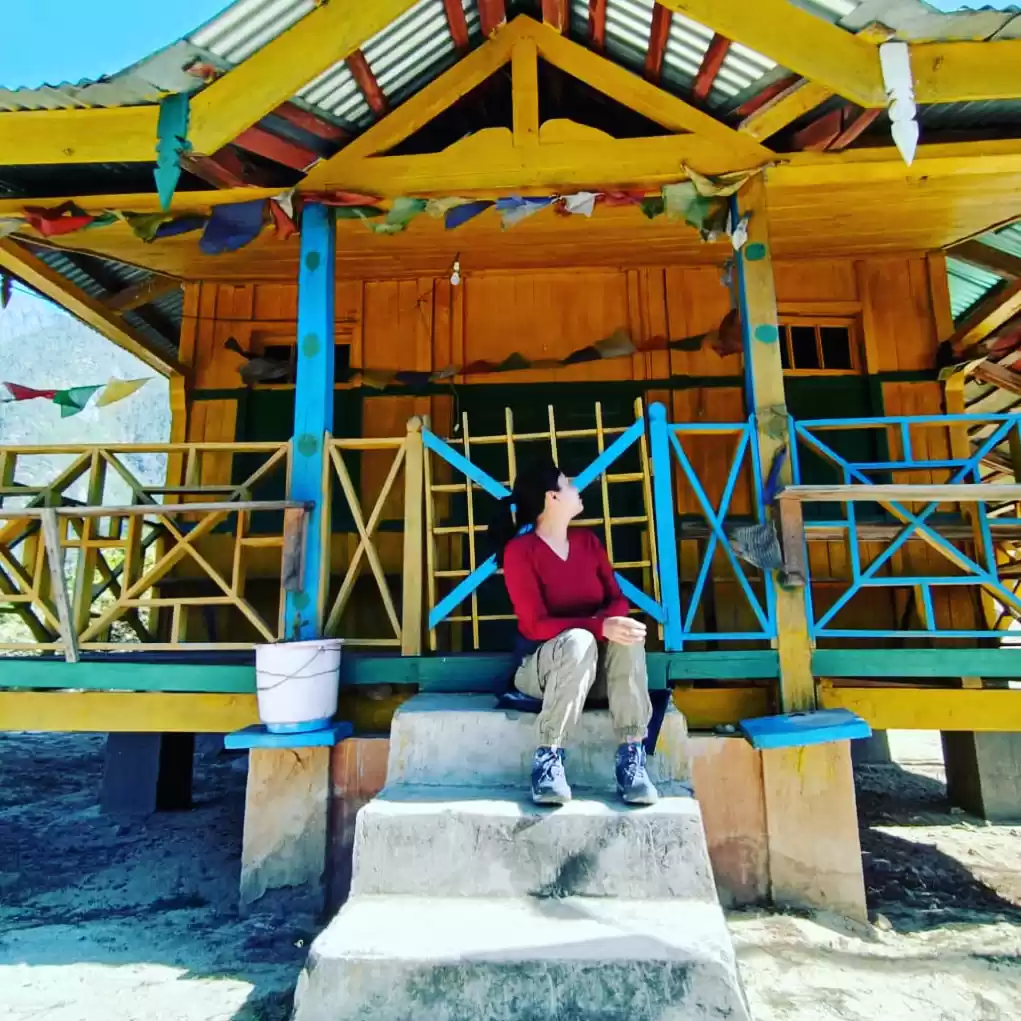Remember the magical woods you wanted to escape to, every time you devoured those umpteen number of Enid Blyton books in your childhood?
Well, they exist and are sitting right where Eastern India ends, and China’s Yunnan province begins. Lohit Valley, at a lofty 5,140ft, belongs to the land of the dawn-lit mountains – Arunachal Pradesh, and is replete with inky-blue starlit skies, alpine meadows, shrubby woods, and orchid forests, veiled at times by a thick mist, and at times by cotton-candy clouds. Home to the nine endemic tribal communities of Zekhring, Khampti, Deori, Monpa, Memba, Ahom, Singpho, Chakma and Mishmi, the 1960s also saw a small group of Tibetans settling down in the valley, who if you are fortunate enough to interact with, will regale you with tales of local legends and ancient myths, over a mug of millet beer. So open up Google Maps, or get lost in the trail of the tiny trickling waterfalls, peppered across the grasslands as you set out to explore Lohit Valley.

Why travel to Lohit Valley?
Previously known as Mishmi Hills, Lohit derived its name from the Sanskrit word Louhitya translating to red, and was also influenced by the Lohit River, whose rust-tinted waters, and the district's somewhat red mountains run from the north to the south of the valley. A southward extension of the Great Himalayas, the sun-doused valley is quite literally the northeastern tip of India, and Tezu, Chowkham, Namsai and Lekang are the constituencies that throng Lohit.
A brief lay of the land
Geographically speaking, Lohit is interspersed with the flood plains of Brahmaputra tributaries, snow-capped mountains, and the lower Himalayan and Shivalik ranges. And as we scour through the timeline of this valley's past, in the 19th century, it was one of the last territories to be conquered by the British Raj. In 1980, Dibang Valley was separated from Lohit, and 2004 saw a district bordering Tibet and Myanmar, and going by the name of Anjaw, being carved out of northern Lohit.

Straight out of Rudyard Kipling's Jungle Book
Touted as one of India's largest bio-diversity hotspots, and lovingly called the Garden of the Gods, Lohit is a birding paradise. Awash with rusty-throated bird songs, the valley is bursting at the seams with the rarest of winged beauties, such as the Sclater’s monal, the Ward’s trogon and the native Mishmi wren-babbler. After you're done spotting the birds, send your heart racing by embarking on a wildlife safari and encountering the marbled and leopard cats, the red panda, the Hoolock gibbon, the Himalayan black bear, the beautiful musk deer and the unusual Mishmi Takin sustained by Lohit's numerous sunlit forests and national parks.

The first Indian village to get sunlight, and other such wonders
Another wondrous attraction the valley boasts of, is Dong. Being the easternmost village of India, it is the very first place to get hit by sunlight every morning. A trek to Dong, taking you through pine forests, to catch the spectacular sunrise here, should definitely be topping your bucket list right about now. Next up is the idyllic town of Wakro, wherein lies the Glow Lake, neighboured by snowy mountains and dense canopies. Stretching for eight square kilometres, it fans out over the entire valley. Not being accessible by any motorable road, a trek from the Twam village on Chongkham-Wakro road is the only way to reach the stunning lake. For lunch one day, you could head to the Hawa Camp, located 33km away from the capital district of Tezu. A popular picnic spot among locals and travellers alike, it promises to offer the most majestic view of the Mishmi hills. A little further ahead on the road from Tezu, lies Bhimsak Nagar, cloaked in mythological parables. This city, decked with ancient ruins is believed by locals to have been established by a king straight out of the Mahabharata narrative.

A valley full of hot-springs
Lohit is also dotted with turquoise hot springs, with the most sought-after ones being near the Kibithoo and Walong circles of the valley. If these places have still not made you want to pack your bags and hit the road, Lohit also offers nearly every adventure your mind can possibly conjure up. Angling for mahseer and trouts, rafting, mountaineering activities and even, an odd elephant ride or two, can be found in the charming districts of the valley. Also, not to be missed is the Siang River Festival, usually taking place every year in December. A vibrant celebration with elephant and boat races, the Mishmi tribe's mock war game – Didi, folk dances, local handloom exhibits and a cornucopia of authentic Arunachali food, is an experience in itself.
Cuisine offered

At Lohit, the cuisine comprises of a medley of vegetables (some, you've never come across before) and the most flavoursome meats. But keep an eye out for the delicately steamed bamboo shoot that is a sheer delight. Other than that, if you are one to explore, go about street eateries and restaurants, sampling pickles, chutneys and the plethora of rice cakes available in and around Lohit.
When to go:
October to mid-December, and then again from mid-February to May, is high season. While March and April offer the best birding opportunities, orchids are also in full bloom during these months. January to March, punctuated by numerous tribal festivals is a good to time visit for those looking for a deeper understanding of the local way of life.

Getting there
Dibrugarh in Assam is the nearest airport and railhead to reach Lohit. To reach the valley, the road from Dibrugarh will take you across Tinsukia and Dholaghat. Ferries ply across the Brahmaputra to reach Sadiya Ghat, from where by road you will reach Roing and then the Mehau Sanctuary, from where the valley begins.
Note: A mandatory permit needs to be acquired to stay in the valley. A photo ID with address proof will be required. This permit will be valid for three to four days. In general, all Indian citizens need an Inner Line Permit to visit Arunachal Pradesh, which can be obtained from the Arunachal Bhawan in Delhi, or from the Deputy Resident Commissioners in Kolkata, Shillong and Guwahati.
Getting around
Buses, unmetered taxis, cycle rickshaws, and three wheelers are what you can use to explore in and around the valley. For covering long distances, state transport buses are most feasible.
For further information, head over to Lohit's website.
Accommodation
This lovely resort near the Nameri National Park & Tiger Reserve boasts of big spacious cottages with vast verandahs and attached bathrooms. While in the dormitories, a bed will cost you ₹500, per night, the tariff for the cottages start from ₹750 and upwards.
Travelled to the Northeast recently? Share your travel journey on Tripoto and inspire millions to travel!
Also, check out Tripoto's exhaustive itinerary for Northeast India!
Frequent Searches Leading To This Page:-
how to reach dong arunachal pradesh, how to reach dong arunachal pradesh from delhi, dong arunachal pradesh tour package, dong arunachal pradesh tour itinerary 5 days



















